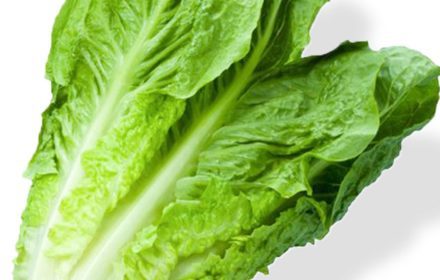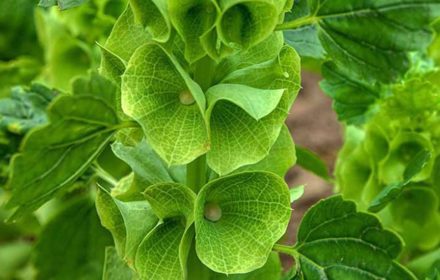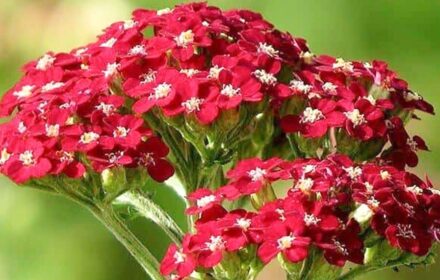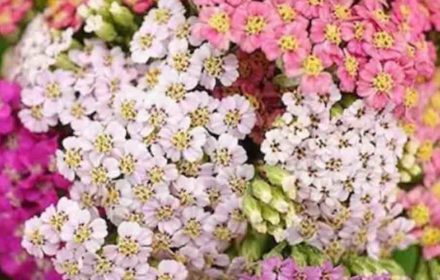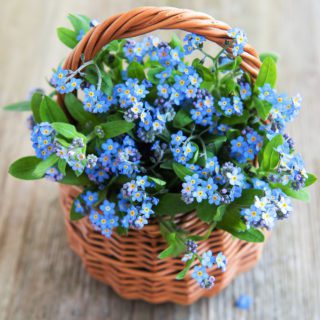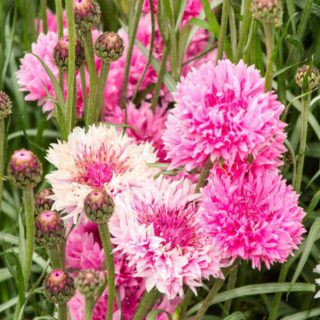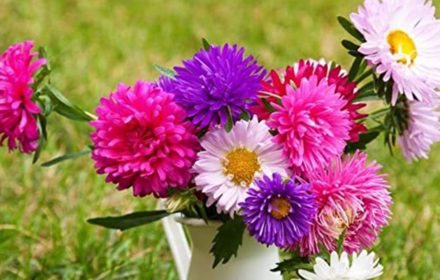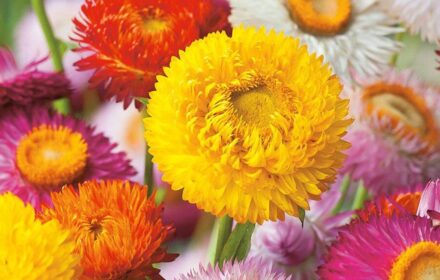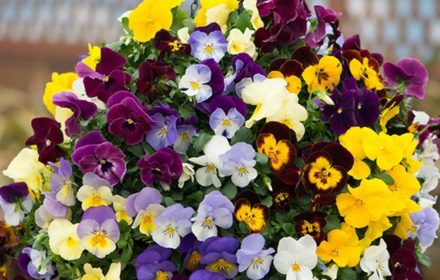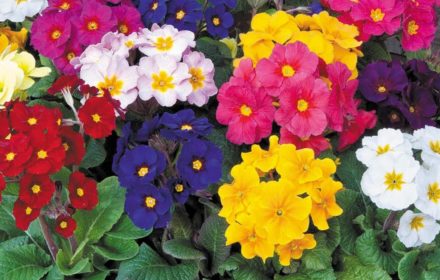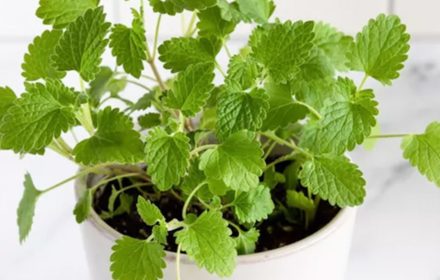How to Grow Mixed Giant Cascading Lobelia from Seeds
Mixed Giant Cascading Lobelia (Lobelia erinus) is a stunning addition to any garden, producing masses of vibrant blooms in shades of violet, blue, white, crimson, and pink. With its long trailing stems, this hardy annual is perfect for hanging baskets, containers, and window boxes, creating a colourful display that lasts from spring to early winter. Its ability to spread also makes it a great ground cover alternative. Follow this guide to successfully sow and grow Mixed Giant Cascading Lobelia in your UK garden.
When and Where to Sow Mixed Giant Cascading Lobelia Seeds
- Indoor Sowing: Start seeds indoors 8-10 weeks before the last expected frost, typically from February to April. This will give the seedlings time to develop before being transplanted outdoors.
- Outdoor Sowing: If sowing directly outdoors, wait until after the last frost has passed, usually in late spring (May to June). Lobelia seeds are tiny and delicate, so they need careful handling and ideal conditions for germination.
Ideal Growing Conditions for Giant Cascading Lobelia Plants
- Soil Requirements: Lobelia prefers well-drained, fertile soil. Use a high-quality seed compost or a fine grade potting mix when sowing indoors. For outdoor planting, enrich the soil with compost to provide nutrients and improve drainage.
- Sunlight: Choose a location that receives full sun to partial shade. While Lobelia thrives in full sunlight, it can also tolerate light shade, especially in the hotter parts of the day.
- Temperature: The ideal temperature for germination is between 18-24°C (65-75°F). Lobelia seeds require warmth and light to germinate successfully, so maintaining a consistent temperature is crucial.
How to Sow Mixed Giant Cascading Lobelia Seeds Indoors
- Sowing Depth and Containers: Fill small pots or seed trays with a fine seed compost. Sow the seeds thinly on the surface of the compost and gently press them down. Do not cover the seeds, as they need light to germinate.
- Germination Conditions: Cover the pots or trays with a clear plastic lid, polythene bag, or cling film to retain moisture and warmth. Place them in a bright location, but out of direct sunlight. The seeds will germinate in 10-21 days.
- Watering: Keep the compost consistently moist but not waterlogged. Water gently to avoid disturbing the tiny seeds. If the compost starts to dry out, mist with a fine spray to maintain humidity.
- Transplanting Seedlings: When seedlings are large enough to handle (usually when they have several true leaves), transplant small clumps into larger pots or trays. Continue growing in cooler conditions for about a week before moving them outdoors.
- Hardening Off: Gradually acclimatise the seedlings to outdoor conditions by placing them outside during the day and bringing them in at night for 7-10 days. This will reduce transplant shock and help the plants adjust to their final location.
How to Sow Mixed Giant Cascading Lobelia Seeds Outdoors
- Preparing the Soil: Choose a sunny or partially shaded spot in the garden. Remove any weeds and rake the soil to a fine tilth. If the soil is heavy or poorly drained, consider adding sand or organic matter to improve drainage.
- Sowing Depth and Spacing: Sow the seeds thinly on the surface of the soil, spacing rows about 15-20 cm (6-8 inches) apart. Press the seeds gently into the soil, but do not cover them, as they need light to germinate.
- Watering and Care: Water the area gently to settle the soil. Keep the soil consistently moist during the germination period. Avoid overwatering, as this can wash away the tiny seeds or cause them to rot.
- Thinning: Once the seedlings are about 5 cm (2 inches) tall, thin them to ensure proper spacing and airflow. Thinned plants can be transplanted elsewhere or used in containers and hanging baskets.
Caring for Mixed Giant Cascading Lobelia Plants
- Watering: Keep the soil evenly moist, especially during dry spells. Lobelia is shallow-rooted and can dry out quickly, particularly in containers and hanging baskets. Water regularly but avoid waterlogging.
- Feeding: Apply a balanced liquid fertiliser every 2-4 weeks during the growing season to promote lush growth and abundant flowering. Avoid high-nitrogen fertilisers, as they can encourage foliage growth at the expense of blooms.
- Pruning and Maintenance: Deadhead regularly by removing spent flowers to prolong the blooming period and encourage bushier growth. If the plants become leggy or overgrown, trim them back lightly to promote new growth and a fuller appearance.
Using Mixed Giant Cascading Lobelia in the Garden
- Hanging Baskets and Containers: The trailing habit of Giant Cascading Lobelia makes it ideal for hanging baskets and containers. Combine with other trailing plants like ivy, bacopa, or petunias for a stunning display.
- Borders and Ground Cover: Lobelia can be used as a low, spreading ground cover in flower beds and borders. Plant in groups for a colourful, cohesive look, or mix with other summer annuals for a varied texture and colour palette.
- Window Boxes and Planters: Add Lobelia to window boxes and planters for a vibrant splash of colour. Its compact size and trailing stems make it perfect for brightening up balconies and patios.
Common Issues and Tips for Growing Giant Cascading Lobelia
- Handling Tiny Seeds: Lobelia seeds are very small and can be difficult to sow evenly. Mix the seeds with horticultural sand to improve distribution and prevent overcrowding. This also helps ensure even coverage when sowing.
- Pest Control: Lobelia is generally pest-free, but young plants can be vulnerable to slugs and snails. Use organic slug pellets or copper tape around containers to protect seedlings.
- Disease Prevention: Ensure good air circulation around the plants to prevent fungal diseases such as powdery mildew. Avoid overhead watering, and remove any dead or damaged leaves promptly.
Common Questions About Growing Mixed Giant Cascading Lobelia
- Can Lobelia be grown indoors year-round? While Lobelia can be started indoors, it typically needs a period of cooler temperatures to thrive. It is best grown outdoors during the warmer months and brought inside only to protect from frost.
- Why is my Lobelia not flowering well? Poor flowering can be due to insufficient light, overcrowding, or over-fertilisation. Ensure the plants receive plenty of sunlight, are spaced properly, and avoid excessive feeding with high-nitrogen fertilisers.
- How can I keep Lobelia blooming longer? Regular deadheading and light pruning can help extend the blooming period. Keep the plants well-watered and provide occasional feeding to support continuous flowering.
By following these guidelines, you can enjoy a beautiful cascade of colours from your Mixed Giant Cascading Lobelia. With their delicate, vibrant blooms and versatile growth habit, these charming plants will add a stunning display to your garden all season long.


